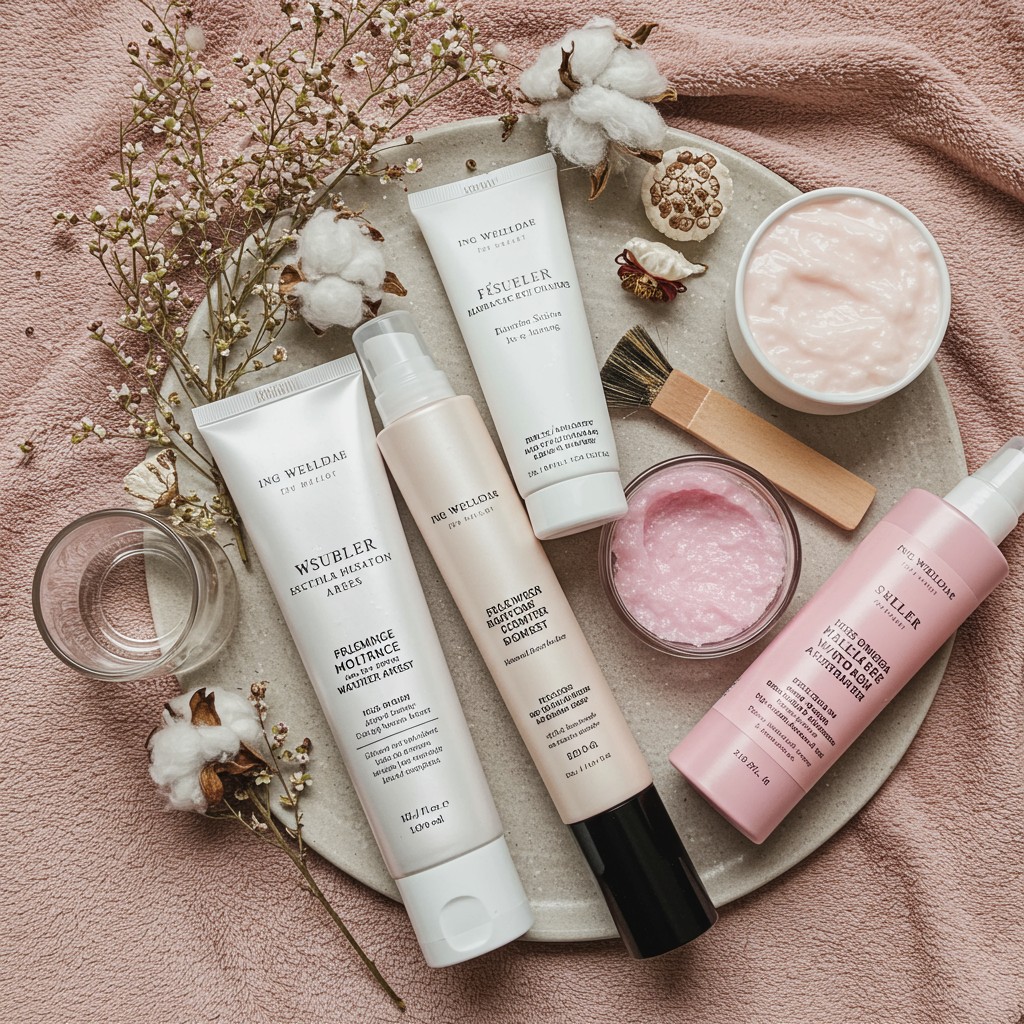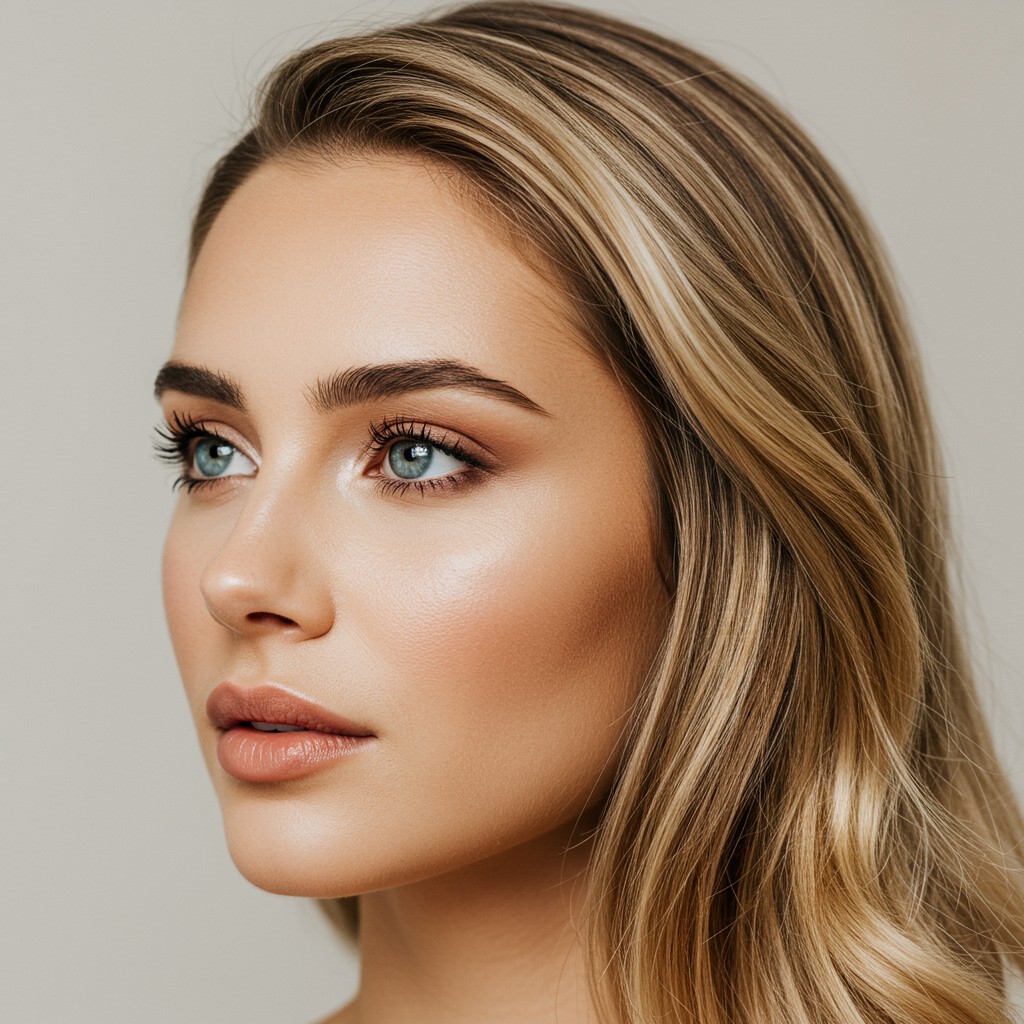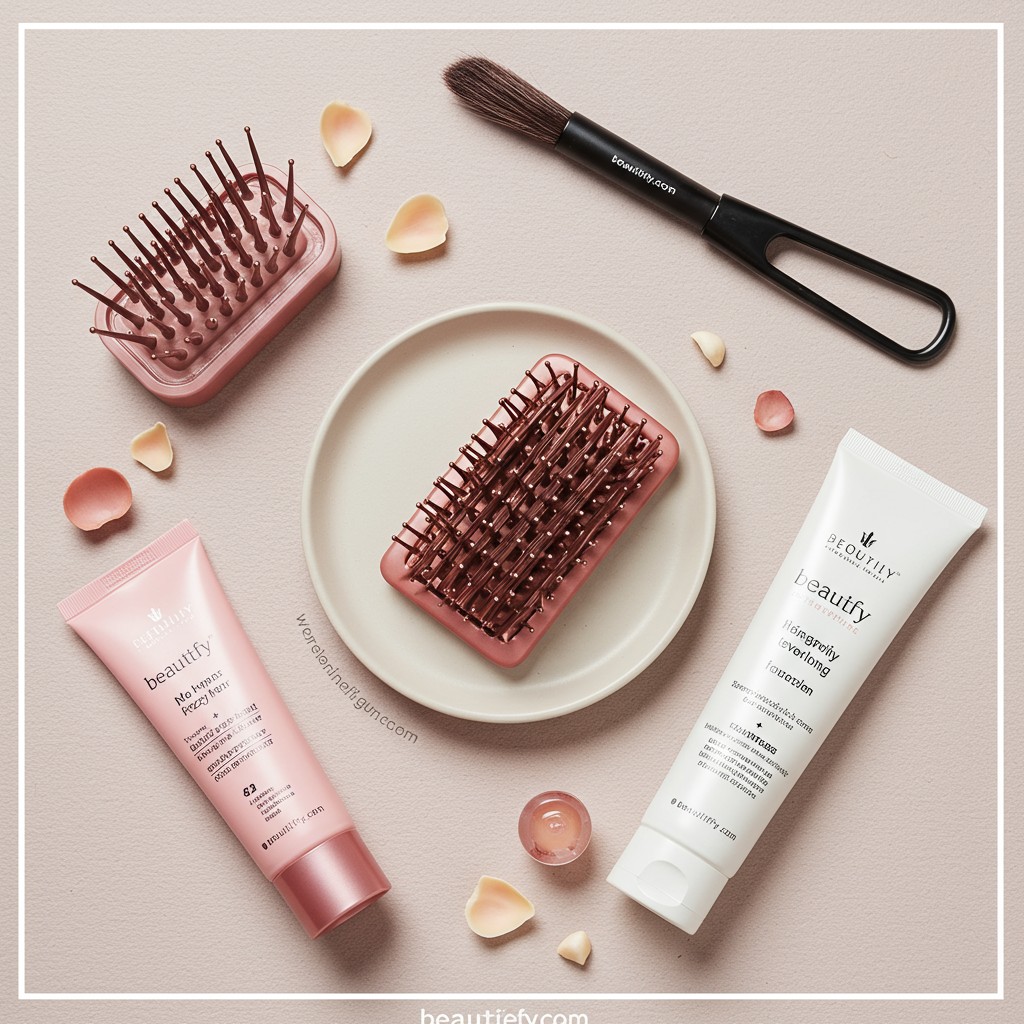Whether it’s from heat styling, chemical treatments, or environmental factors, almost everyone deals with damaged hair at some point. It can feel frustrating when your hair looks dull, brittle, and full of split ends. But don’t despair—there are effective ways to bring it back to life. Knowing how to repair damaged hair is about a combination of intensive treatments, gentle daily habits, and preventing future harm. In this guide, we’ll walk you through 15 essential hair repair tips to restore your hair’s strength, softness, and shine.
Understanding the cause of your hair damage
Before you can fix the problem, you need to know what’s causing it. Heat from flat irons and curling wands can strip moisture and break down your hair’s protein structure. Bleach and chemical treatments, like perms or relaxers, alter the hair’s bonds, leaving it porous and weak. Even everyday habits like aggressive brushing or tight hairstyles can contribute to mechanical damage. Identifying the main culprit will help you choose the most effective treatment for dry hair and adjust your routine to prevent a relapse.
Your 15-step hair repair action plan
Ready to start the healing process? Here are 15 tips you can implement right away to begin nursing your hair back to health.
- Get a Trim: The first step is to cut off any split ends. This prevents them from traveling further up the hair shaft and causing more damage.
- Use a Deep Conditioning Mask Weekly: A quality mask will infuse your hair with moisture and proteins. Look for ingredients like keratin, argan oil, and shea butter.
- Lower the Heat: Turn down the temperature on your styling tools. If you can, let your hair air-dry as often as possible.
- Always Use a Heat Protectant: Never let a hot tool touch your hair without a protective spray. It creates a barrier that reduces damage.
- Wash Less Often: Shampooing too frequently can strip your hair of its natural, protective oils. Try to extend the time between washes.
- Use a Sulfate-Free Shampoo: Sulfates can be harsh and drying. A gentle, sulfate-free formula is much kinder to damaged hair.
- Rinse with Cool Water: A final rinse with cool water helps seal the hair cuticle, which adds shine and reduces frizz.
- Be Gentle When Towel-Drying: Vigorously rubbing your hair with a towel can cause breakage. Instead, gently squeeze and blot the water out with a soft or microfiber towel.
- Incorporate a Leave-In Conditioner: This adds an extra layer of moisture and protection throughout the day.
- Try a Bonding Treatment: To fix chemically damaged hair, bonding treatments are essential. They work to rebuild the broken disulfide bonds within the hair structure.
- Protect Your Hair from the Sun: UV rays can damage hair just like skin. Wear a hat or use a UV protectant spray when you’re outside for long periods.
- Sleep on a Silk Pillowcase: Reduce friction and breakage while you sleep.
- Eat a Balanced Diet: Healthy hair starts from within. Ensure you’re getting enough protein, vitamins, and minerals.
- Avoid Tight Hairstyles: Constant pulling can lead to stress and breakage. Opt for looser styles.
- Be Patient and Consistent: Repairing damaged hair takes time. Stick with your new routine, and you’ll see results. For high-quality restorative products, check out the curated collection at the ScentSphere shop.
Can I permanently repair split ends
Unfortunately you cannot permanently repair a split end. The only real solution is to cut them off to prevent the split from traveling up the hair shaft. Products can temporarily seal them but trimming is the only permanent fix.
What is the best treatment for chemically damaged hair
For chemically damaged hair bonding treatments are the most effective. These products work on a molecular level to rebuild the broken protein bonds in your hair making it stronger and more resilient. They are a must-have after bleaching or coloring.
How can I prevent heat damage from styling tools
Always use a quality heat protectant spray before styling. Also try to use your tools on the lowest effective heat setting and avoid going over the same section of hair multiple times. Giving your hair breaks from heat styling is also beneficial.







